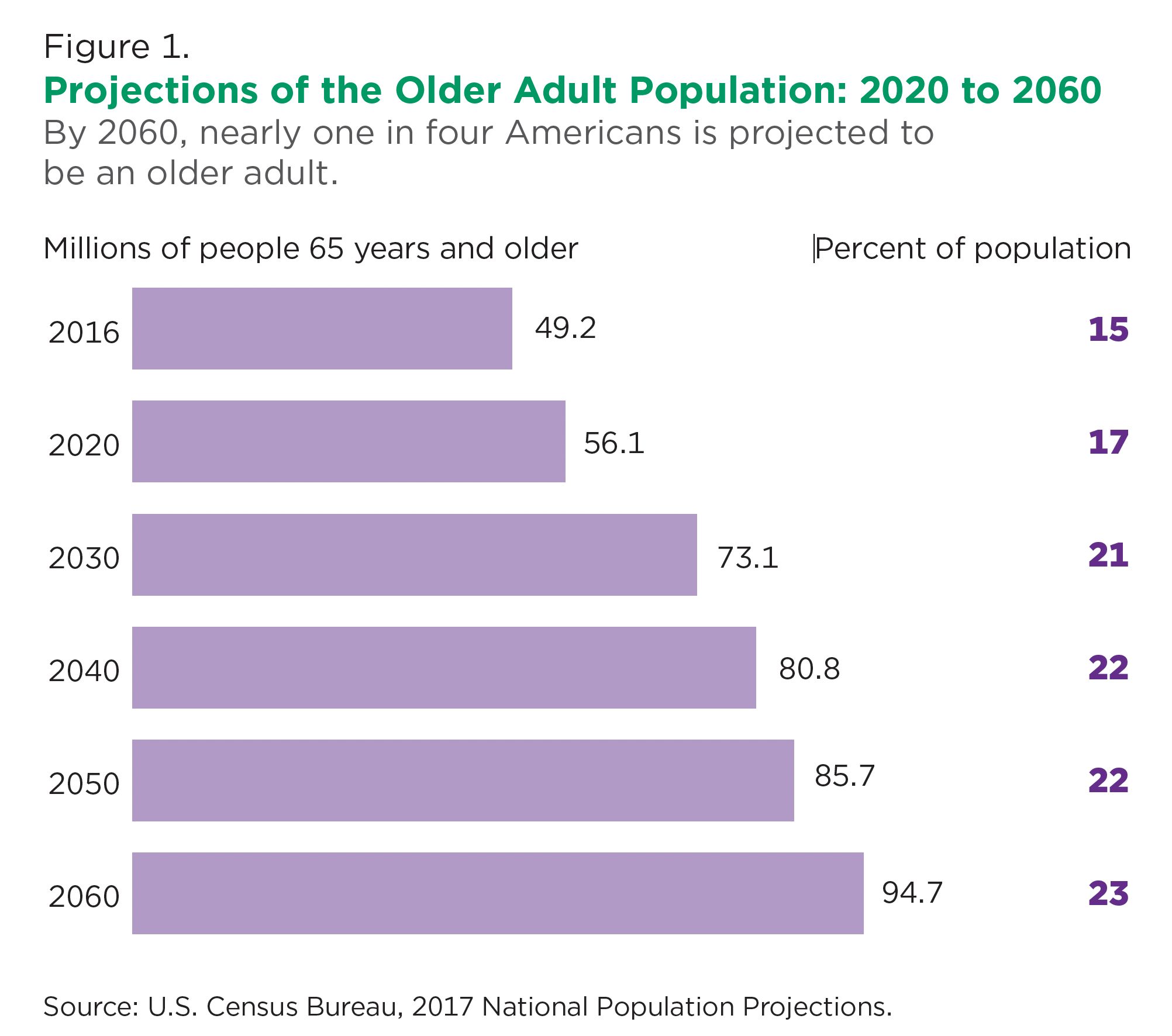By Clearday Research Team
Instruction is essential to the physical rehabilitation process and may be delivered throughout the entire plan of care. Patient education is, according to the American Physical Therapy Association (APTA), the process of providing information, training, or education to patients, their families, significant others, and caregivers. Typically, patient education for providers is time-constrained and bundled with wellness visits, limiting their ability to go into depth and offer quality instruction and education that would further aid recovery. If practitioners and providers could bill for instruction, then they could spend more time with their patients and provide better care, which leads to the question that many healthcare providers are beginning to consider: should patient education be billed separately?
Patient education is typically not billed separately. For both inpatient and outpatient, caregiver education is included under the time spent with a patient during an evaluation and management (E/M) visit, rather than separately billed (CMS). For example, a visit consists of 15 min with patient history + 25 min of counseling/care planning for caregiver and patient. You would find the CPT code that a 40 min visit would fall under (CMS). PTs (nonphysician professionals, specifically stated) can bill for patient education “for self-management” of diseases like asthma using existing codes. (McKee, 2018) These seem heavily regulated and must follow strict standards to be used.
Billing separately for patient education is a divisive issue in the industry because it can be difficult for healthcare providers to determine when a patient should be billed separately. Depending on how the patient education is billed, it could be subject to different pricing structures. Patient education is becoming an increasingly important part of the healthcare experience, and providers are tasked with providing information that is tailored to their patients needs. Patient education will play an even larger role in the future as people are seeking out more information about their treatment options, side effects, and risks before they make a decision about what care they want or need. Educating patients offers many benefits including reducing medical errors and lowering costs for both patients and providers by preventing unnecessary hospitalizations.The association between patient experience and greater financial performance is limited right now, but payers are beginning to focus more on it as the shift to value-based care continues. See how Clearday™ is working to improve the experience for both caregivers and patients here.
This blog and related materials prepared by Clearday, Inc. may use publicly available information including market research, studies or reports by unaffiliated third parties that include market demographics and other relevant market or research information. Such information or a link to such information is available upon request. We do not warrant any such information and do not have information that causes us to believe that any such market research, studies or reports are not correct in all material respects.
